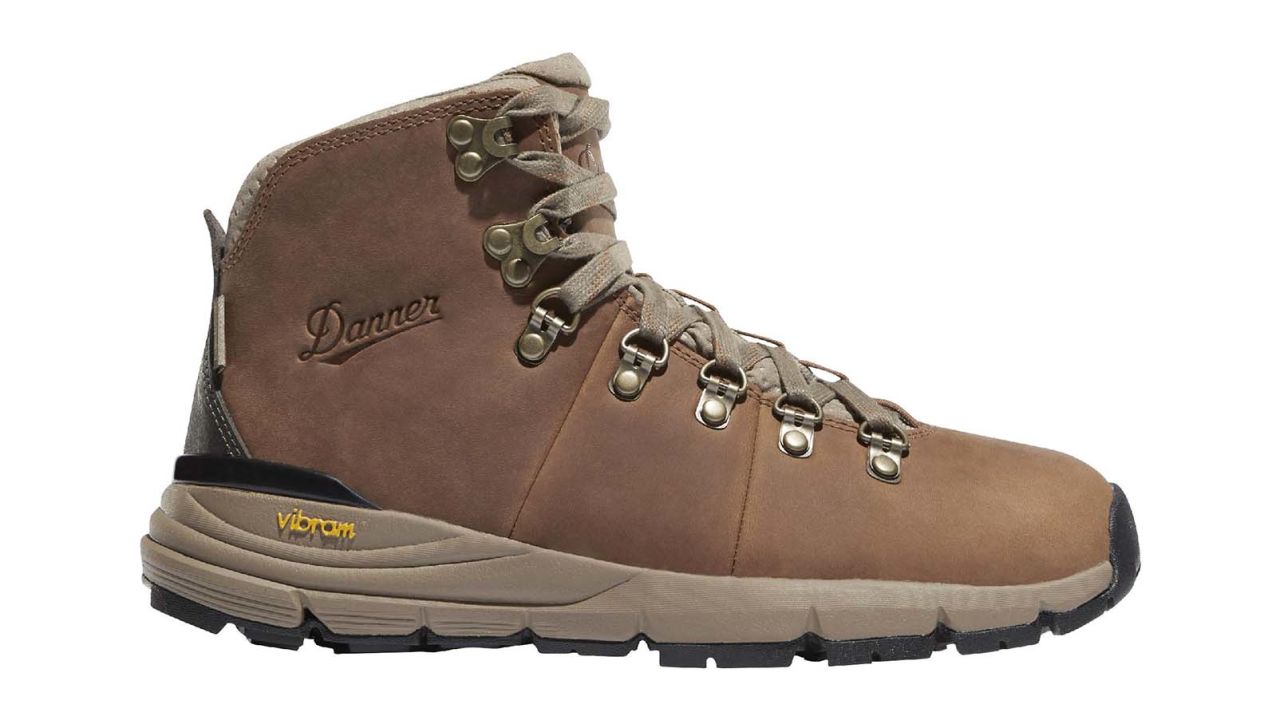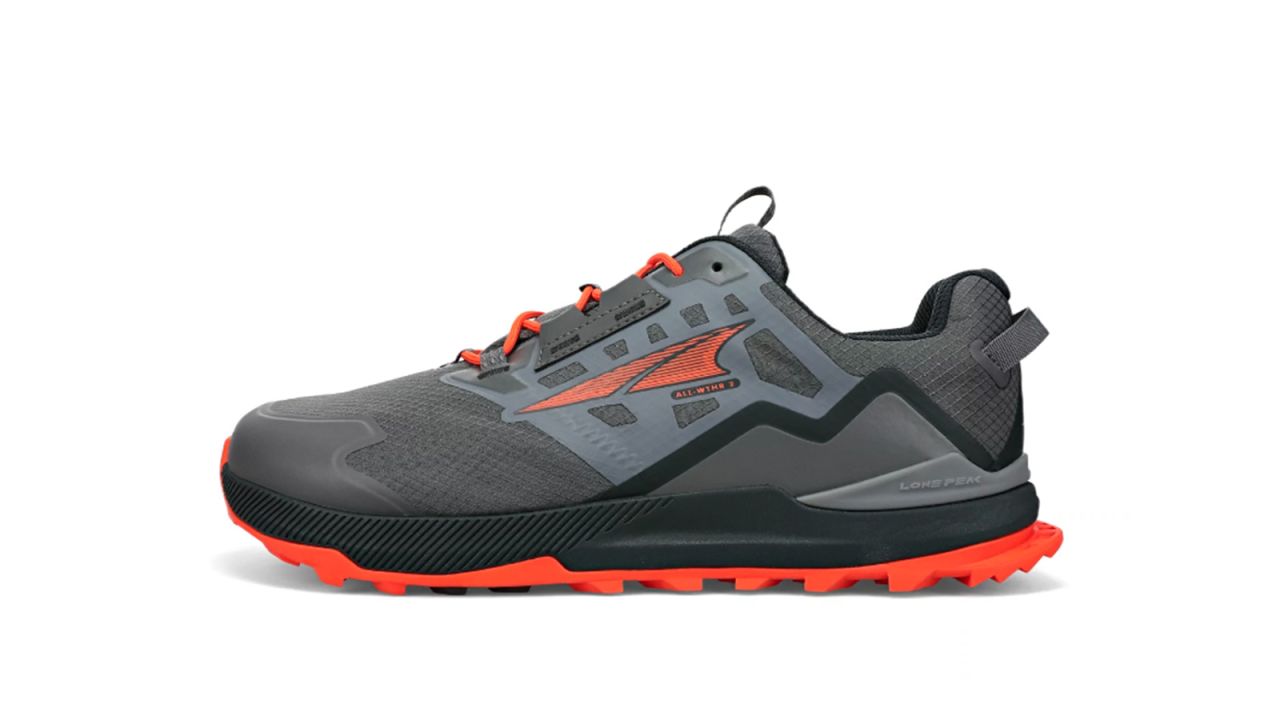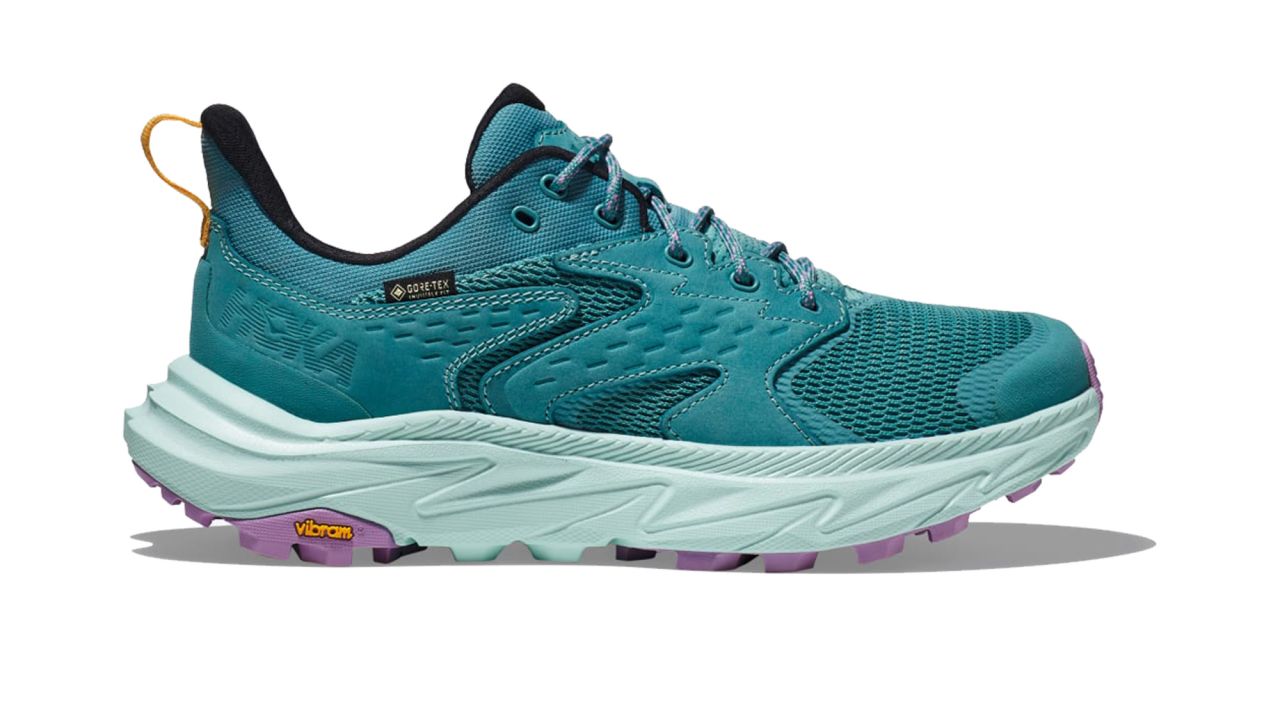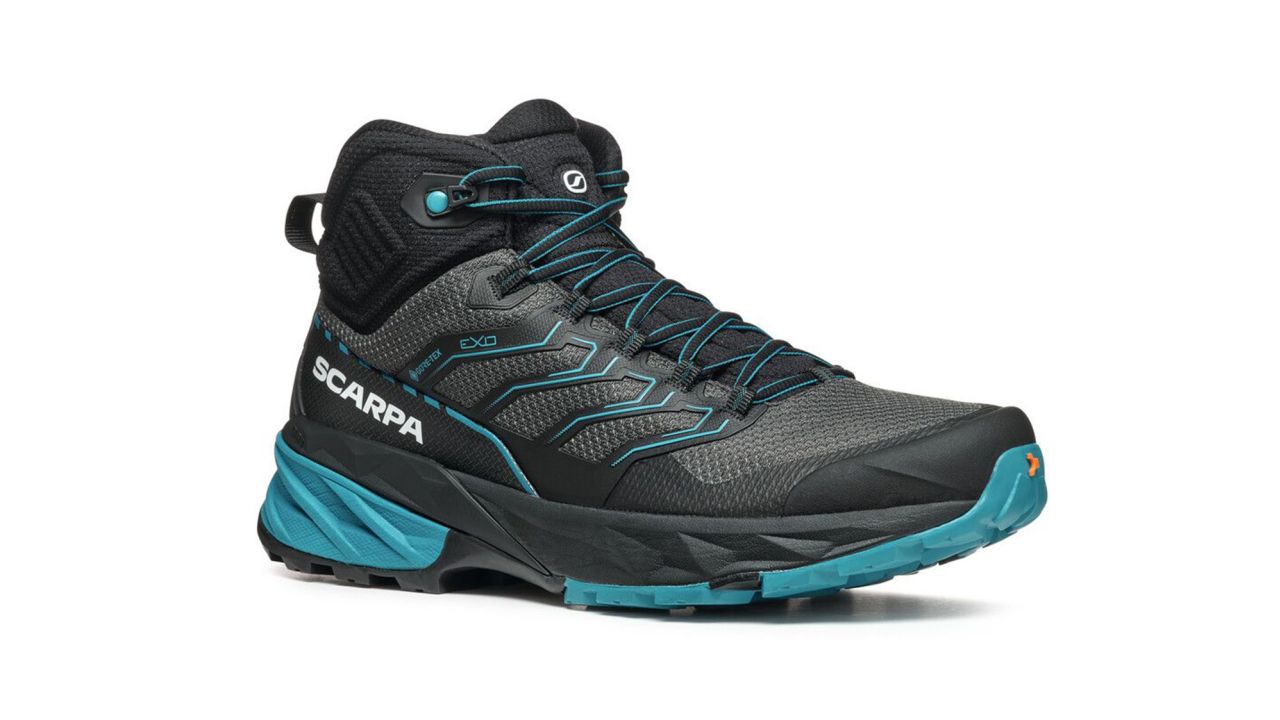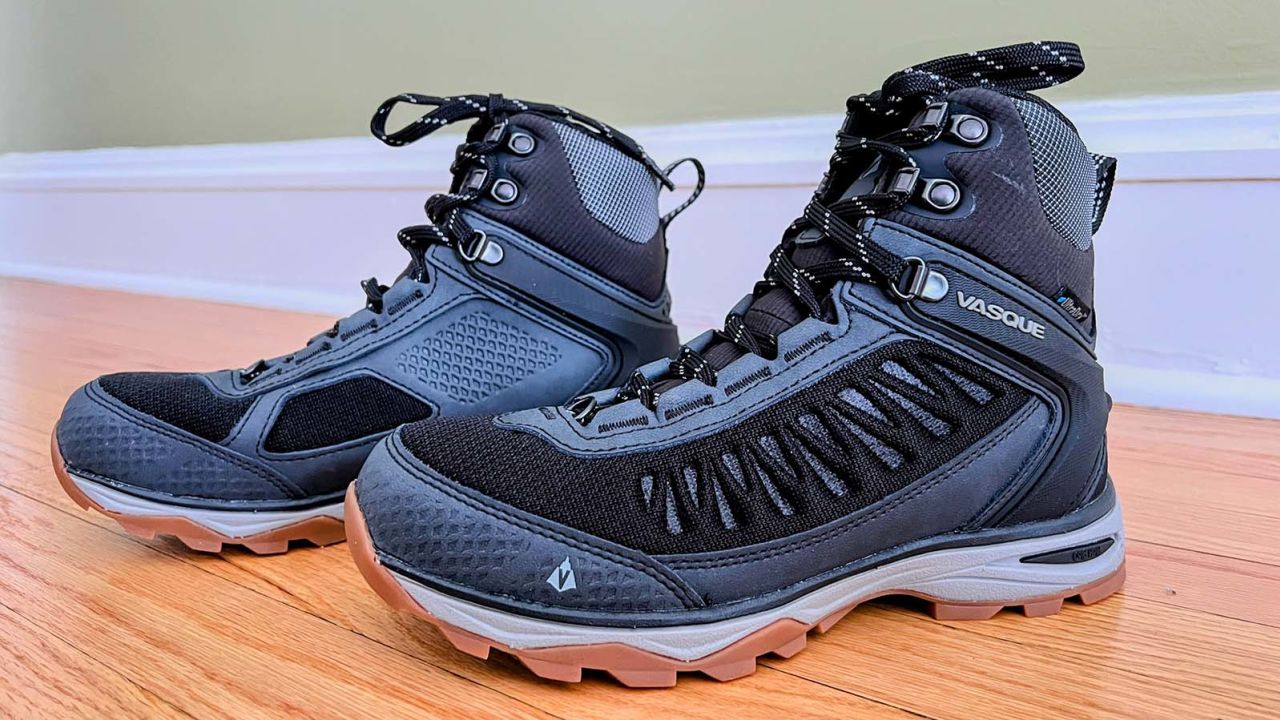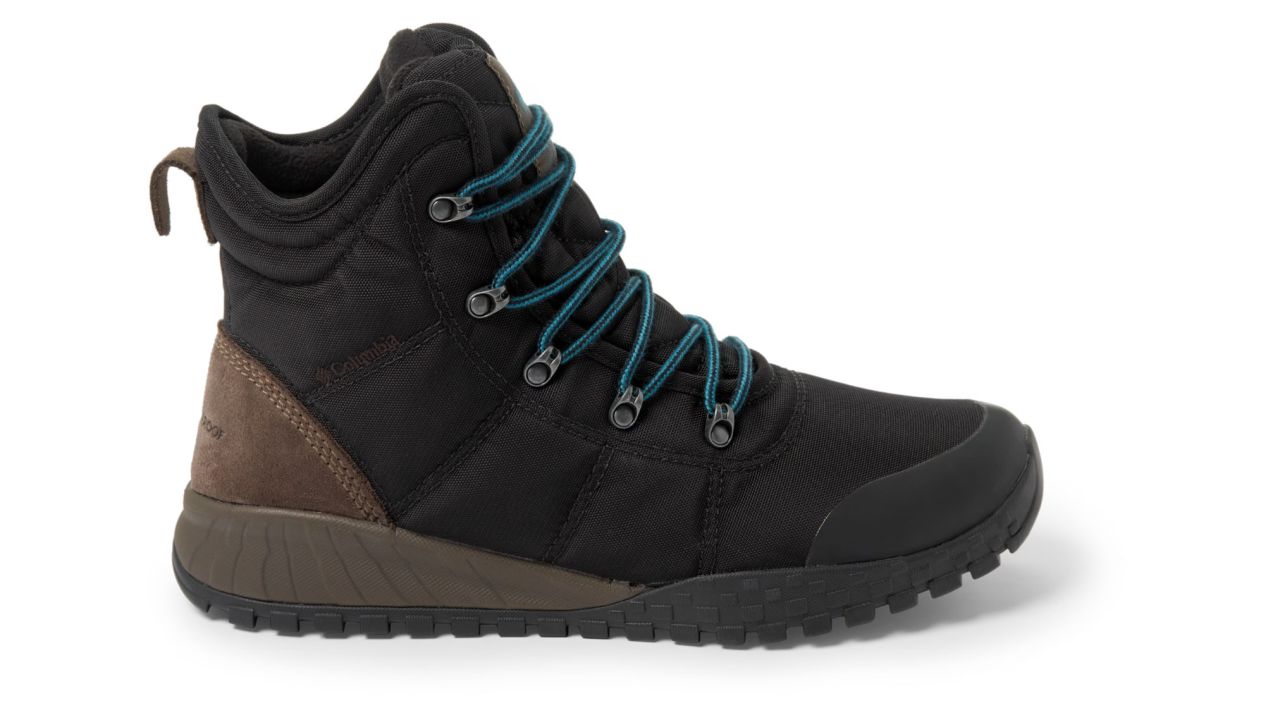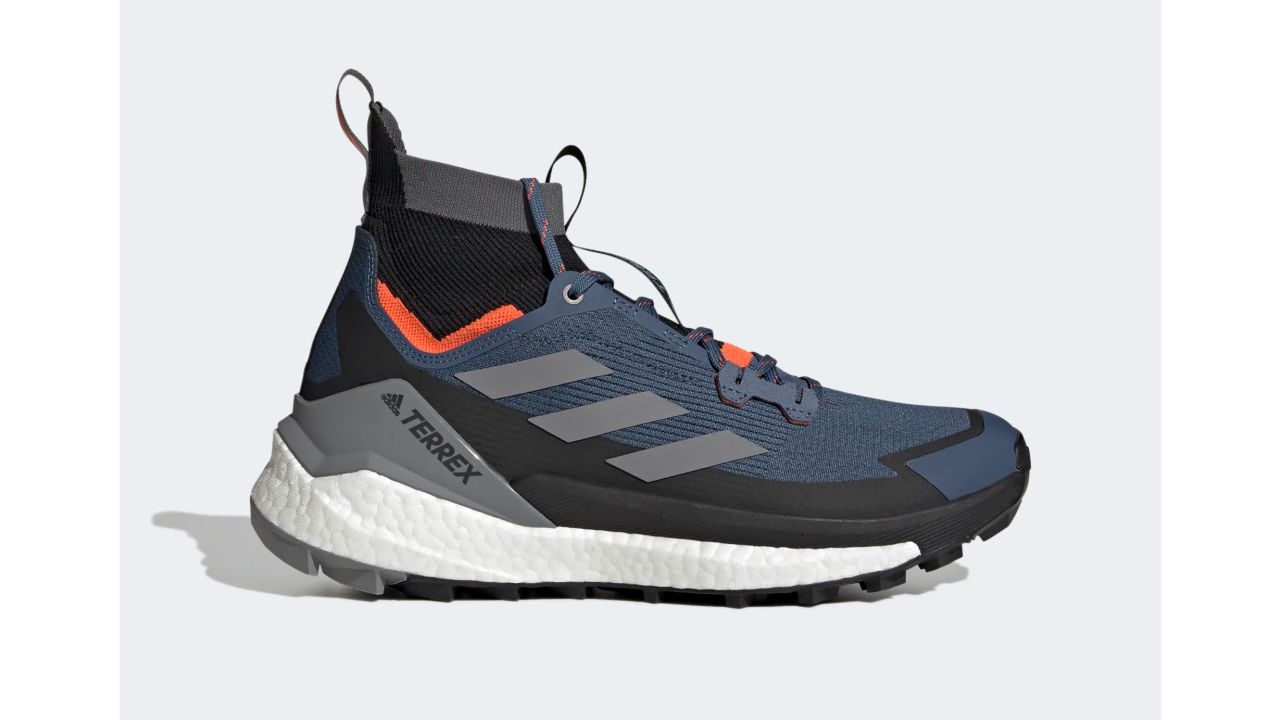Outdoor enthusiasts know that the search for the best hiking boots never seems to end. But once you find your favorite pair, you won’t be able to believe you were hiking in anything else.
To help you finally get your forever boots, we talked to expert hikers for tips and tricks on finding the best hiking shoes and boots for you. They covered everything, including fit, waterproofness, materials and more, so you’ll never hike with sore feet again.
Which hiking boots are most comfortable?
The most important thing for finding comfortable hiking boots is figuring out your perfect fit. “Having proper footwear is always important because having blisters or sore feet can take the joy out of hiking,” says Diana Durr, a staff member at Mojave National Preserve and former park ranger and climbing guide at Joshua Tree National Park. “For me, the most important thing about footwear is comfort. When my feet are happy, my hiking is joyful.”
“There are so many brands and models out there today, and everyone’s feet are unique,” says Danny Butenas, a former product expert at REI. “Some of us need a narrow fit with arch support and are all smiles when they put on a Salomon X Ultra. Others need extra room for their toes and less arch, and never want another boot after sliding into a Keen Durand. There’s a boot out there for everyone, and that can actually feel pretty daunting. But taking your time in your search is worth it.”
To complicate things further, men’s hiking shoes are almost always wider than women’s shoes, says Lindsay Gilbert, a gearhead at Backcountry. “Women also tend to have a different foot shape (skinnier heels and a wider forefoot) and our arches are typically further back, closer to our heels,” she adds. But Gilbert emphasizes that this isn’t the same for everyone, and your best bet is to get your foot measured. “Do not let the confines of gender-specific sizing limit your choices,” says Gilbert. “Get to know your feet and buy the boots that fit best. Everyone is different.”
What is the difference between hiking shoes and hiking boots?
Hiking shoes have grown in popularity over the past few years, and there’s a good reason why. Hiking shoes have a lower cut than hiking boots and tend to be lighter and more maneuverable. If you’re not carrying a lot of weight, not tackling super-rugged terrain or you like to feel agile on the trail, hiking shoes are probably what you are looking for.
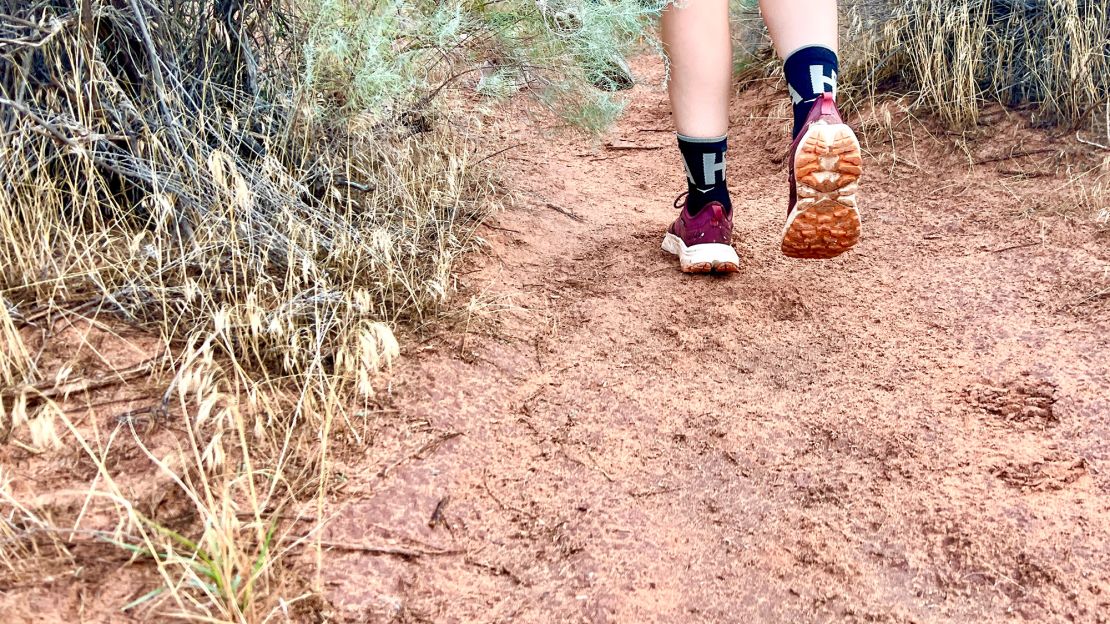
Hiking boots, on the other hand, have higher ankles and often have thicker materials to really protect your feet from the environment. That could mean a thicker sole to protect your feet from rocks, a more durable upper so you can plow through spiky brush or both. Hiking boots can also be stiffer than hiking shoes, which helps a lot with support. If you’re carrying a lot of weight or worried about ankle stability, hiking boots might be the pick for you.
How much should a good pair of hiking boots cost?
The cost of your hiking boots really depends on how often you want to go and what sort of hikes you go on. If you’re going on short, mild hikes, you don’t need to spend too much and can spring for a simple, cheaper boot like the Columbia Newton Ridge (from $52). However, if you want to hit the trails every weekend, or tackle longer hikes with more elevation gain, you’ll want to spend the extra money. You can get an amazing pair of hiking boots between $150 and $200, depending on other features you’re looking for.
Best hiking boots for women
“Women’s boots typically come in a B or C width, with wide fits sizing out to a D,” says Butenas. “That width also happens to be the typical size of a men’s regular, so if you have a D-width foot in any gender, you have a lot of options!”
“Women’s boots are typically narrower in the heel and ankle closure as well,” continues Butenas. “One thing to also keep in mind when looking for new footwear is that there’s typically between a one and one-and-a-half size difference between genders. For example, a men’s size 8 will probably be a women’s size 9 or 9.5.”
"This latest edition of Altra's venerable Lone Peaks doesn't change much, but that's a good thing, since fans of this diehard classic still love it for its roomy toe box, grippy outsole and zero-drop design," says Heather Balogh Rochfort, a freelance writer who specializes in the outdoor industry. In our testing, we found that they were incredibly versatile, whether you use them as hiking or travel shoes.
Butenas recommends the Salomon X Ultra 3s, which are now discontinued. The brand's newer X Ultra 4s carry much of the same design elements as the X Ultra 3s and are great for people who need arch support and have narrow feet. They’re waterproof, feature a single-pull lace for quick tightening and have a thick tread for all your adventures.
"Salewa crushes in the mountaineering world, but these lighter-weight, low-cut hikers dial back on the stiffness to make more versatile hiking shoes that work for more people," Balogh Rochfort says. "Bonus: My podiatrist swears by Salewa hiking shoes due to the lacing system that stretches farther down to the toes, making it easier to accommodate?a variety of foot shapes in the toe box."
“For hikers looking to maximize cushion and comfort, look for boots with an EVA foam midsole,” says Butenas. This pair from Hoka features a thick EVA foam midsole for maximum comfort. They’re so comfortable, in fact, that they’re one of our picks for the best trail running shoes.
“If you’re more focused on stability and support, a boot with a leather (or partially leather) upper and firm ankle will give you the protective boost you need,” says Butenas. “Helpful hint: Ankle height is not the end-all measurement of stability. Squeeze the heel! A stiff, structured heel is the base of your ankle support. A strong base is a stable base.”
“If I am planning a quick hike for a few hours on a good established trail, I use lightweight trail shoes because I don’t want to be encumbered by a big clunky pair of boots,” says Durr. This pair from Altra is a more supportive variation on the company's fan-favorite Lone Peak trail running shoes.
Best hiking boots for men
"I've been testing a lot of hiking footwear; my favorite is the Topo Athletic MTN Racer 3," says Cris Hazzard,?a professional hiking guide and the founder of HikingGuy. Despite their heavily cushioned midsole — a boon for comfort — they manage to be lightweight and rugged enough for technical terrain. "It makes hiking fun, and after a long day, my feet feel great," Hazzard says.
“If I am going for a multi-day backpack trip, I choose footwear that I know I can wear comfortably day after day, and with enough support to keep my feet from getting achy but comfortable enough not to cause blisters,” says Durr. The waterproof Lowa Renegade GTXs fit the bill, as they're supportive and comfy but don't weigh a ton.
These waterproof hiking boots have stellar traction and tons of support, not to mention an Ortholite insole to keep your feet comfortable on the toughest hikes.
Butenas says people that want extra room for their toes and don’t need as much arch support will most likely love these boots from Keen. A dual-density EVA foam midsole and waterproof upper mean your feet will be comfortable and dry all hike long.
“I like good thick soles to keep thorns and pointy rocks away from my feet when on rough trails,” says Durr. “Leather uppers can help protect the ankles.” This pair from Timberland not only has a tough leather upper, but also features a waterproof membrane and EVA foam sole.
The Xs come with same waterproofed exterior as the original Sawtooths but feature an upgraded outsole to boost traction. They would make great daily trail shoes, especially in areas where puddles and mud are common.
Best waterproof hiking boots
“Waterproof hiking boots are not always necessary, unless you’re planning on spending a lot of time in very wet/snowy terrain or crossing a lot of streams,” says Gilbert. “I almost always opt for non-waterproof footwear because they’re cheaper, more breathable, and if they do happen to get wet, they dry out much faster.”
“When it comes to waterproof boots and tech, you’ll eventually come across Gore-Tex. A lot of people think of Gore-Tex as a specific product, but it’s really a brand with a very high testing standard,” says Butenas. “If you see that brand tagged on a boot, you know that the waterproof membrane inside has been tested under highly controlled conditions and a wide variety of scenarios. That’s as close to a guarantee as waterproof tech can get.”
"I like these on days when I don't need a burlier boot, since they're almost as light as a trail-running?shoe but still provide waterproofing and a sturdy midsole that adds enough support to carry moderate backpack loads," says Balogh Rochfort. "They've become my daily drivers during lunchtime jaunts up the local Red Hill, a beautiful yet steep hike with 1,000 feet of gain in the first mile."
Hazzard typically avoids waterproof boots because they take forever to dry when water gets inside. The exception? When he's hiking in snow or cold temperatures, the waterproof Hoka Kaha 2 GTXs are Hazzard's "go-to boots." As a bonus, he says they have "cushioning that can't be beaten."
Avid hiker and freelance journalist Emily Pennington visited nearly every single national park in a year, so she knows a thing or two about traversing tough terrain. When it comes to waterproof hiking boots, she recommends the Targhee IV from Keen, an extremely durable, cushioned pair made with a fused sole to prevent delamination.
These trail runners are stiffer than the brand’s popular road runners, but they still provide tons of comfort. The tread on the bottom isn’t super aggressive, but it’s grippy enough for basically any run or hike. The waterproof upper is especially nice in the spring when there's snow, puddles and mud in your way.
“If your feet tend to get hot and stay hot, you may want to search carefully for something that breathes well," Butenas says. For a breezier pair of boots, Butenas recommends these Nucleo High IIs from La Sportiva, which feature Gore-Tex Surround and maintain breathability while staying waterproof.
Butenas owns this waterproof version of the Altra Lone Peak: “My Altra Lone Peaks featuring eVent are perfectly suited to striking that balance between protection and comfort.”
We tested the Hoka Anacapa hiking shoes on a trip to Zion National Park. They’re so comfortable that they seriously feel like sneakers but have enough support to keep your feet cushioned on tough terrain. Plus, the shoes have a Gore-Tex layer to keep your feet dry.
Surprisingly comfortable while maintaining enough structure to protect your feet from the roughest terrain, these boots from Scarpa also feature Gore-Tex to ensure your feet stay bone-dry.
Best lightweight hiking boots
“If you’re looking for a lightweight hiking boot, I would recommend first deciding how lightweight you want to go and how much support you’d like to have, because there is a spectrum,” says Gilbert. “If you want to go really lightweight, then I’d recommend looking into low-ankle hiking shoes or even trail running shoes.”
Butenas also says to remember that even though lightweight boots inherently don’t offer as much support, fit is still critical. “Just like with heavier-duty boots, more than anything you want it to fit snug and secure. After that, look at the outsole,” says Butenas. “When you go lightweight, a lot of that weight is being taken out of supportive materials on the upper. That makes stable footing and traction underneath the highest priority.”
Typically trail runners don’t have the cushion and comfort you’d find in typical hiking boots. However, the new Altra Timp 5s strike a fantastic balance between performance and comfort. The soles have deep lugs to help keep you steady on rocks, mud and everything in between, but the midsole is much more plush than you'd expect.
Many hikers who want lightweight shoes turn to trail runners instead of boots. Meant to help you move light and fast through difficult terrain, the Salomon Sense Ride 5s are some of our favorite trail running shoes to help you tackle any hike.
If you want shoes that can handle long trail runs and easy hikes, look no further than our pick for the most versatile trail running shoes, the Brooks Cascadia 16. An extra-cushy midsole and extra space in the toe box means they're super comfortable no matter how many miles you log.?While we haven't had a chance to test them, Brooks has also released the?Cascadia 17, which it claims have improved traction, stability and cushioning.
“I know that some people will point to lightweight synthetic boots as being inferior to leather simply because they are not as tough or durable,” says Butenas. “If a boot lasts you 10 years or more but you felt hindered by the heavy material, then I don’t think you made the right investment for yourself. If light and fast is how you like to hike, then it will be worth it to reach for a boot like the Topo Trailventure every three to five years instead.”
Gilbert recommends this pair from Arc’teryx for people who want to hike light. With their waterproof Gore-Tex technology and weight of only 13 ounces, you’ll barely feel them on your feet.
Another recommendation from Gilbert, the Vasque Breeze hiking boots have plenty of support but are still light, thanks to their specially designed outsole. We’ve also tried them ourselves and absolutely love how comfortable they are.
These lightweight trail runners are built to hit the trail hard and fast. Featuring a dual rubber compound that feels incredibly sticky on all types of terrain, these technical shoes are perfect for hikes that see you scrambling over boulder fields or stomping over tree stumps.
Best winter hiking boots
“For winter hiking boots, I’d recommend finding a pair that’s waterproof, and maybe even insulated depending on how cold it is where you hike,” says Gilbert. “Some hiking boots even have studs on the bottom for extra traction, but you can always get some microspikes instead if you need to.”
“Over the years I have tried a few pairs of waterproof boots,” says Durr. “For hiking in very wet or snowy conditions, they are great at keeping my feet dry and comfortable.”
These boots have a polyurethane coating to ensure no snow or water gets in, plus a light insulation to help keep your feet toasty all hike long.
The most protective boots in the Altra Lone Peak line, these boots feature waterproof eVent technology, along with a raised ankle for extra support.
We tested these boots ourselves and loved the combination of insulation and breathability. Plus, they’re surprisingly lightweight and agile for being insulated, waterproof boots.
Columbia’s Omni-Heat technology uses a reflective lining to help trap your body heat to keep your toes super warm — a must for comfortable winter hiking gear.
Best hiking boots for wide feet
“Just about every brand on the market has models with a wide option,” says Butenas. “I think the most important thing you can do is get your foot properly sized so you can understand your foot measurements from every angle.”
“I have a wide forefoot and skinny heel, so Altra is the brand that fits me best,” says Gilbert. “They’re mostly a running shoe brand, but just came out with some hiking boots as well. Keen is another great brand that makes boots with a wider toe box … Some brands that people with wide feet might want to avoid because they tend to run narrow are Salomon, Vasque, Danner and sometimes La Sportiva.”
?"If you're a hiker with wide feet who wants a?hiking?boot?that feels more like a shoe than a stiff, clunky?hiking?boot, make these your pick," says Erica Zazo, a freelance outdoor and travel writer. "I typically have problems with narrow?boots, but putting the Xero Scrambler Mid II?boots on my feet felt like a glove. They have lots of room in the toe box and give my feet lots of room to breathe even if it's hot outside."
These wide-fitting boots from Keen have plenty of support, are waterproof and won’t squeeze your toes like others do.
Adidas’ boots have ultra-high cuffs to help keep dirt and dust out of your shoes. Plus, they look more like running shoes than hiking boots so you can stay stylish even in the backcountry.
This cheap pair of boots from Columbia comes in a wide fit, and the suede construction is waterproof, resilient to scratches and ready for any adventure.
Best budget hiking boots
“I think there are two ways to view a great ‘budget’ hiker: best straight-up price and the best value on the dollar,” says Butenas.
“Merrell makes some of the best budget-friendly hiking boots,” says Gilbert. “My first pair of hiking boots were Merrells. I put them through the wringer, but they lasted for years.” Hazzard agrees, noting that the Moab 3s are both affordable and durable. "They're comfy, rugged and should last you many hundred miles of trail time," he says. "Unlike traditional hiking boots, there's no break-in period; just put them on and hike."
“For a simple price, the Timberland Mt. Maddsen is a great option,” says Butenas. They're leather, waterproof, durable and less than $100.
Kids’ hiking boots
“I’ve fitted a lot of kids for footwear, and my experience has been that most kids won’t necessarily need a boot for hiking with their parents unless the weather demands it,” says Butenas. “They have elasticity and strength in their ankle and knee tendons that most of us can only dream of now. So, unless there’s a lot of mud, snow or something equally difficult, it’s okay for a kid to have low-cut hiking shoes on even if everyone else around them is wearing boots.”
However, if your kid does need boots for your family hikes, both Butenas and Durr emphasize to make sure to get ones that fit correctly. “When I was a kid my dad bought boots a couple sizes too big so that they would last longer,” says Durr. “This resulted in blisters, sore feet, lots of tripping over my too big boots and I’m sure a lot of whining and complaining … Although your young one will grow out of their boots quickly, make sure their feet are comfortable while hiking. The proper fit will enhance their enjoyment of the hike and help everyone have a good time.”
These Merrell boots are available in kids’ sizes 1 to 13 and features a waterproof membrane, ankle support and a hefty sole.
These leather options from Keen are also waterproof and have a lace-capture system so even if your kid’s laces get undone, they won’t be tripping over them during your hike.





